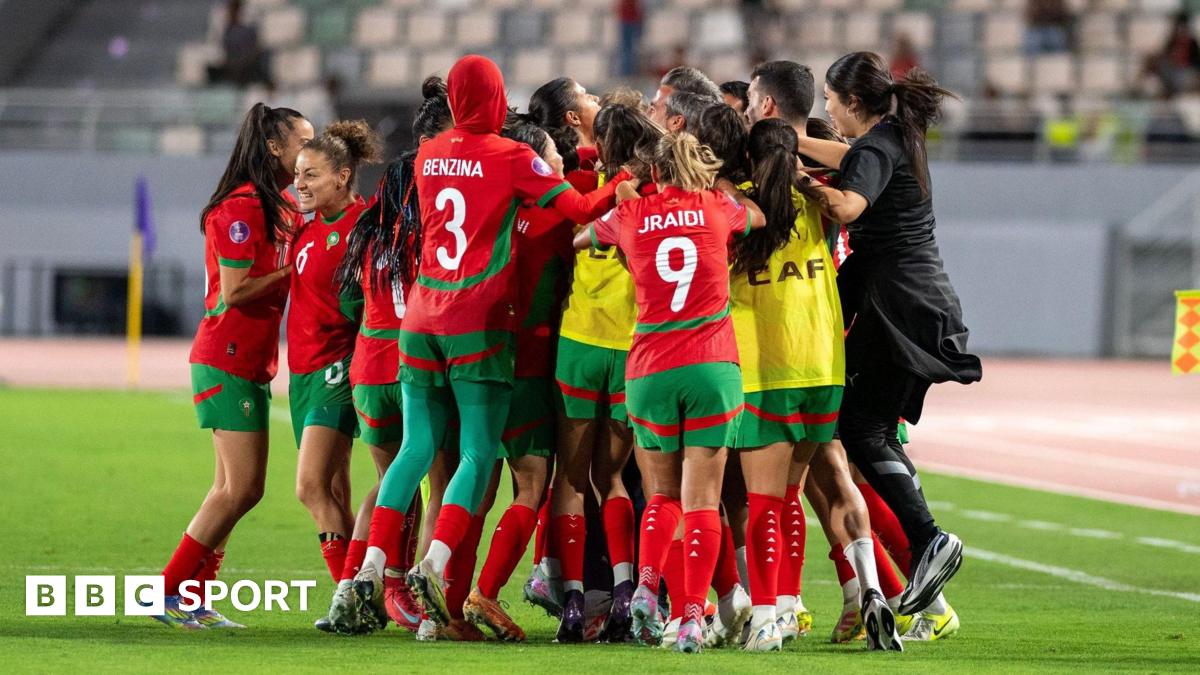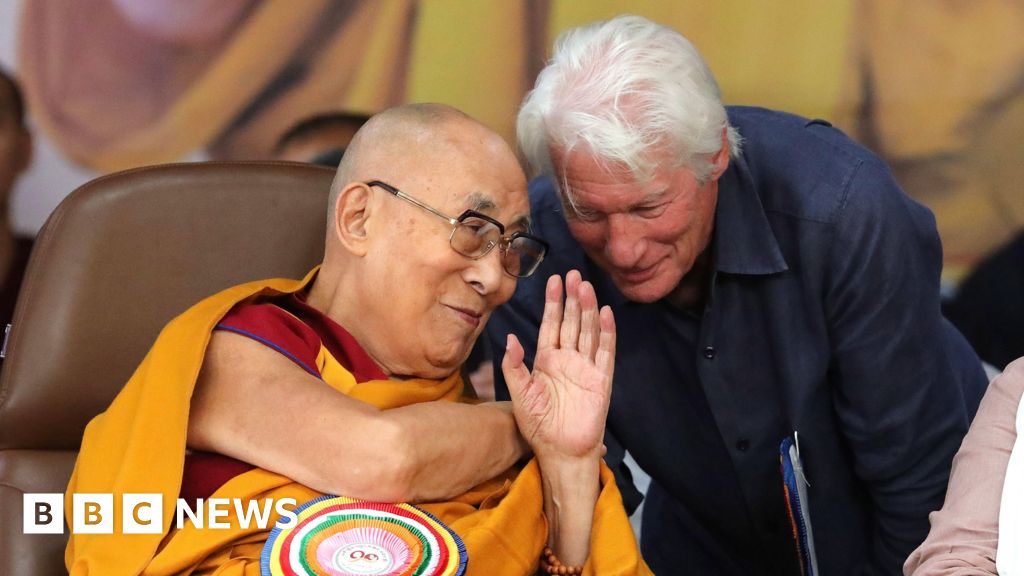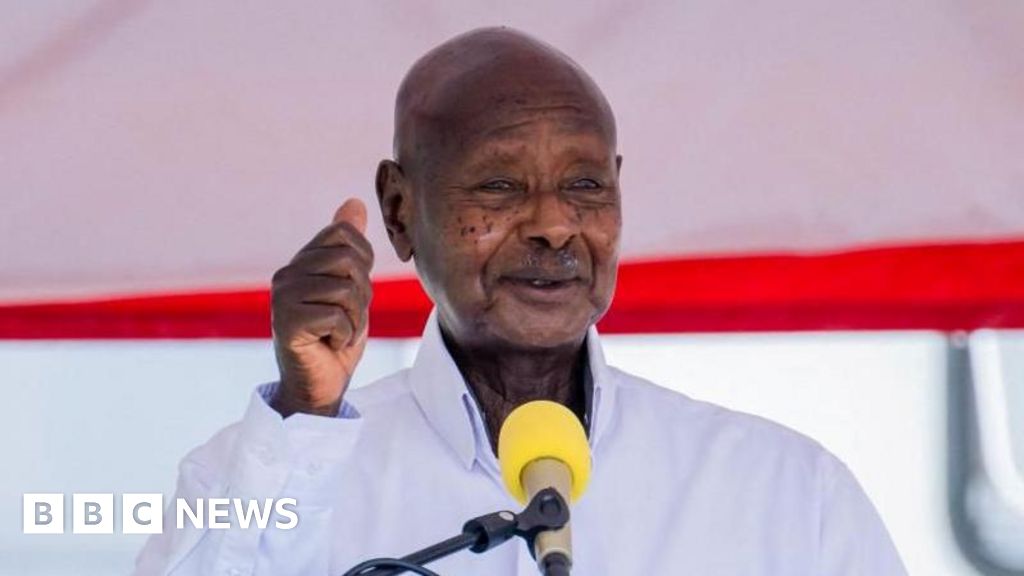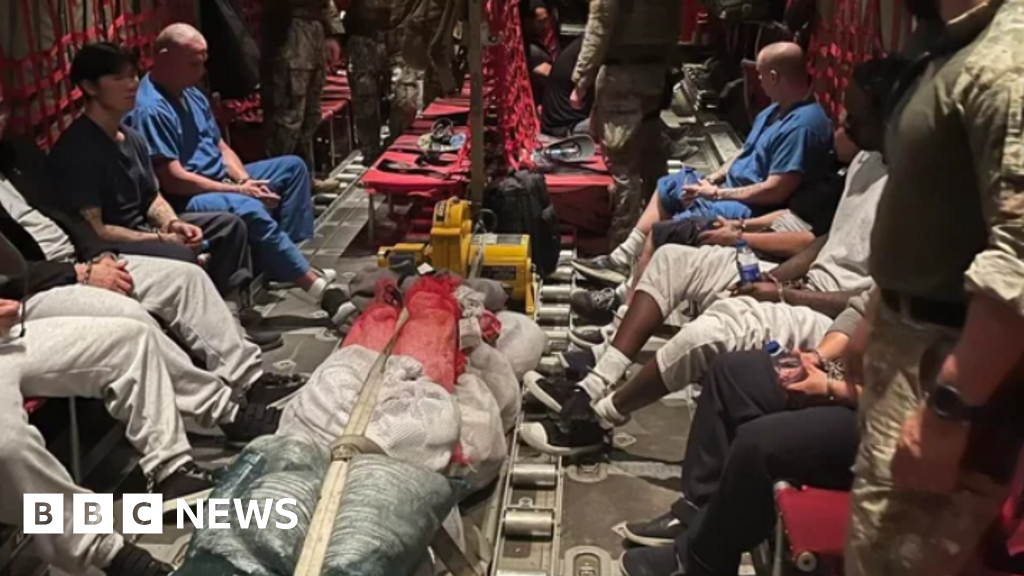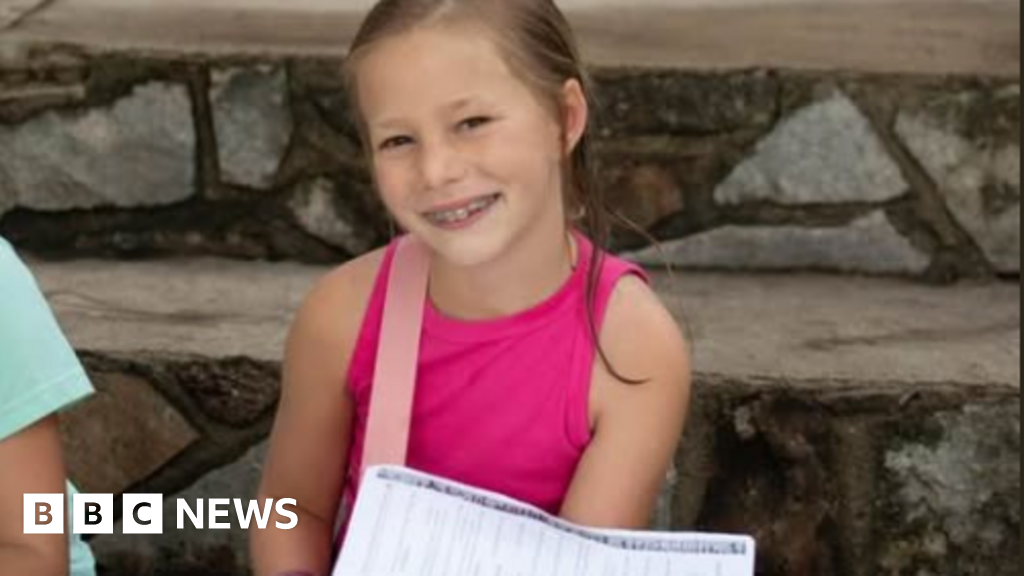Injuries are the great equalizer in fantasy baseball, and there’s no greater frustration to those of us analyzing the game than the unpredictable nature of injuries. How do you process the severity of a shoulder injury or an unexpected triceps issue?
Let’s take a broader look at baseball injury analysis. Injury analyst Stephania Bell and fantasy analyst Tristan H. Cockcroft share insight which can enable you to make more informed decisions in your leagues, even when information itself may be lacking. Whether you’re a fantasy baseball manager or just a fan of a player or team, here is how to think about injuries like an expert.
Cockcroft: Is there any truth to the fantasy baseball axiom, “Staying healthy is a skill”?
Bell: While it’s true that there is a skill component to being able to endure a full season of baseball, there is also an element of luck involved. Random collisions, whether in the outfield or on the base paths, can result in a wide range of injuries that no amount of training could prevent. Being hit by a pitch or a comebacker often leads to missed time, the length of which may depend on the location (foot, ankle, knee, hip, forearm, shoulder, head, etc.) and extent of tissue damage — anything ranging from a bruise to a fracture to, in the most serious cases, a brain bleed.
That said, the concept of an athlete optimizing his health to better survive a season is nothing new. Strength, conditioning and neuromuscular training are perhaps the most obvious but diet, sleep hygiene and recovery training are other areas of focus in more recent years. There has been a huge growth in scientific study of how these areas impact health but some things remain nuanced. Overall player health, both during the season and in the offseason, has improved tremendously since the inception of the sport. Still, injuries remain problematic.
Cockcroft: Mondays are a perennially frustrating day for fantasy managers. With games typically played that night, rather than during the day (and some teams off due to travel), injured list decisions are often announced too late for us to react. This is especially true in leagues with weekly lineup locks. What advice would you give with regard to the types of “day-to-day” injuries that would be most likely to portend in an IL stint than others?
Bell: First and foremost, you have to decide whether you are a risk-taker or are risk-averse. That can be as a general philosophy or player-specific on any given week. Why? Because often two injuries of the same name can have two very different outcomes.
For instance, a “low-grade ankle sprain” may result in a few days off for a player who then returns without incident. A more severe injury, but still classified as “low-grade,” can also sometimes result in weeks, and occasionally months, before a player returns to pre-injury form.
At the risk of over-generalizing for those who don’t like mid-week surprises, here is a guideline to go by: If an injury is described by the team as a sprain or a strain, plan on the athlete missing the week because in all likelihood, he will miss more days than he will play. If it is described merely as soreness, then a shorter absence (one day, or one series) is more likely.
The language that the team uses when speaking to the media can be very helpful at times, and completely misleading at others. An example would be when a manager tells the media post-game that a player “tweaked” his hamstring but “it doesn’t appear to be serious.” Everyone walks away from the session assuming the player will return after a couple of days of rest. Then a week goes by and it turns out the player is still struggling with running full speed and a minor tweak now turns into an IL stint.
That doesn’t mean the team wasn’t being truthful. Mild-appearing soft tissue strains, especially of the hamstring, can be tricky and, depending on factors such as the player’s injury history, the nature and precise location of the current injury and the player’s positional demands, a return to full health can be more protracted than expected.
There are no hard and fast rules here, but the more you know about the player’s health history — including previous time to return to action following similar injuries — and the way the team “speaks” about injuries (how often they have provided accurate assessments of player injury/progress), the better you will be able to gauge how concerned you should be about a player’s status heading into the week.
Cockcroft: What can fantasy managers reasonably expect from pitchers coming back from Tommy John surgery? Is there a recommended recovery time? What are the risks of setback, and how long after such a pitcher returns to MLB action should we expect him to perform at close to his pre-surgery level? Among the most prominent pitchers scheduled to return from Tommy John surgery this season are Sandy Alcantara (Oct. 6, 2023, surgery date), Felix Bautista (Oct. 9, 2023), Eury Perez (April 8, 2024), Shane Bieber (April 12, 2024) and Cristian Javier (June 6, 2024).
Bell: If there is a silver lining to the large number of cases of Tommy John surgery over the past five decades of baseball, it’s certainly the volume of data that has helped to guide rehabilitation and return to performance. It used to be the case that an 18-month recovery was standard. Over time, the recovery was accelerated to the point that many pitchers were pushing to return in a year, sometimes sooner. Earlier graft failure or secondary problems associated with an accelerated return began to swing the pendulum in the other direction. In recent years, the recovery timeline for pitchers post-Tommy John surgery seems to have settled in the 12-16 month range.
It also bears repeating that when an athlete returns from a major injury that has resulted in extended missed time, there is “return to prior level of play” and then there is “return to prior level of performance.” Early outings are usually limited, even when a professional pitcher steps up from minor league appearances to the majors. The velocity often returns to, or even surpasses, pre-injury levels fairly quickly, but pitchers often report that the return of their command and pitch location takes longer.
The confidence that a pitcher has to regain in a previously injured arm takes reps to build and that confidence can manifest in pitch location. The time for the true pre-injury form to return varies among pitchers depending on his unique circumstances, but can take as little as a few weeks to as long as several months, or even into the subsequent season.
Yes, drafting pitchers fresh off Tommy John surgery could pay off for you later on in the season, but they’re also very likely to be a liability right out of the gate. If you drafted one of these pitchers who was expected to return at the start of the season, I would not put him into my lineup until seeing a few early outings and I had confidence that he’s passed the early tests without any setbacks.
Cockcroft: In recent seasons, UCL repairs with InternalBrace have become more common, allowing pitchers to avoid a full Tommy John surgery and potentially return to action sooner. Is the risk truly lower with these pitchers, and what exactly is the difference between these two surgery types? Among prominent pitchers returning in 2025 who had UCL repairs rather than full Tommy John procedures are Lucas Giolito (March 12, 2024, surgery date) and Spencer Strider (April 12, 2024).
Bell: The name of the original procedure that provided an alternative to traditional Tommy John surgery was a UCL repair with InternalBrace. The UCL, the ligament on the medial/inner aspect of the elbow joint, often fails in pitchers. While Tommy John surgery involves harvesting a graft to replace the ligament that is damaged, UCL repair takes the native/original ligament and repairs it. The InternalBrace serves as an augmentation and provides a check rein for the original ligament while it heals.
In order for this option to even be a consideration, the ligament tissue quality has to be sound enough for a repair to be successful, something that may not be fully known until the surgeon is able to visibly inspect it in the operating room. Before surgery, the doctor may present the UCL repair as the preferred option, but typically has consent from the athlete to proceed with the full Tommy John should it be necessary. Athletes have told me that their first question after waking up was which version of surgery they had, knowing the recovery from a UCL repair is much shorter.
The timeline for recovery from a UCL repair for a pitcher is typically 7-9 months, due to the fact that there is no graft harvesting and therefore no waiting for a tendon graft to “ligamentize” (to become more like a ligament) as it adapts to the rigors of throwing. The repair procedure restores the athlete’s normal anatomy and the reinforcement of the InternalBrace allows for a quicker application of progressive load. The tissue still requires time to heal and a return to “normal” throwing takes time for the athlete to get comfortable.
Once a player does come back, I’m not as concerned about initial return to play for a couple of reasons. The less overall down time with a repair makes it less challenging to mount a comeback to the mound. The reinforcement of the repair with the InternalBrace allows for a more rapid progression while also providing more strength to the repair overall. Pitchers still have to adjust to tissue healing and regain confidence in their arm … but getting back to throwing activities sooner renders that task easier.
In the long term, the repair with InternalBrace has been so successful to date that there is no reason to anticipate an “expected” failure after X number of years (that would ultimately require reconstruction). It doesn’t mean there won’t be/can’t be failures of the repair. It does mean it has been successful enough that there is no data to inform this yet.
Also, another variant has been presenting itself. It’s the full Tommy John (UCL) reconstruction with InternalBrace augmentation. This is now being referred to as a hybrid procedure and, recently, several players have undergone it. There’s a much larger conversation to be had on this subject, but we’ll save that for a future article.
Cockcroft: What kind of injuries would be most likely to hinder a player’s ability or penchant for stealing bases? For a notable example from last season, Michael Harris II dealt with hamstring issues for a good portion of the year and saw his stolen base attempt rate — the percentage of times he was on base with an open base ahead of him — drop from 12.9% to 8.8%. His success rate on attempts dropped from 83.3% in 2023 to 62.5% in 2024.
Bell: Any lower extremity soft tissue injury can present a problem for base stealers. Strains of the hip flexor, quad, hamstring, adductor or calf can make it difficult to accelerate or decelerate. Even when the issue has resolved to the point where an athlete can run the bases comfortably, the explosiveness required to anticipate the steal or get back on base, as well as the ability to quickly change direction, can come much later.
Other problematic injuries include ankle sprains and fractures, not only for the components of base stealing outlined above, but also for sliding feet first. During the slide, the position that the underneath leg has to assume can be painful for a recently injured ankle or foot and, if the top leg is involved, it can be at risk of further injury from impact into the bag or a fellow athlete. Other foot injuries such as foot/toe sprains/fractures or injuries to the plantar fascia can limit a return to base stealing.
Less common, but equally problematic when it comes to sliding, are thumb injuries, most notably ulnar collateral ligament (UCL) injuries of the thumb.
While the hand can occasionally become injured as it goes to the ground during a traditional slide, the biggest risk comes during a headfirst slide. The UCL of the thumb is typically injured when the thumb hooks the bag and the force pulls the thumb away from the hand, damaging the ligament. Surgical repair is the standard fix and once a player is cleared to return to slide, the expectation is that he can do so safely. However, the apprehension about sliding and the worry of re-injury can result in a player being more hesitant to slide. This tends to improve with time but it can limit players in the early window post-return to play.
When a player who is known for base-stealing suffers one of these injuries, I expect the volume of stolen bases to go down overall, at least initially (like in the first month or two back). In some cases, the volume of base stealing never returns to pre-injury numbers and in others, it returns more quickly. More often than not there is a dip in stolen base attempts early in a player’s return to action but it is widely variable in number and scope, depending on the athlete and the time to return to feeling 100% both physically and mentally.
So, in the case of a Shohei Ohtani, who needed shoulder surgery after getting hurt on an attempted steal, the fact that he’s stolen two bags already this year is a good sign that he will continue to do so. That said, the bigger question is whether or not he will be more selective when he attempts to steal, not only because of last year’s injury but also because he is now that much further along in his ramp-up towards pitching. After all, even an injury to his opposite arm or either lower extremity would forcibly interrupt his pitching schedule.
Ohtani, elite athlete that he is, is not likely consciously thinking about this but rather is focused on being elite in every aspect of his game. Still, there are subtle ways in which the subconscious manifests itself at decision-making time and perhaps a little more caution becomes part of his internal algorithm when it comes to base-stealing.
For a player like Ronald Acuna Jr., now preparing to return from his second ACL reconstruction, the familiarity with the injury and recovery process is undoubtedly serving him well as he continues to progress towards a return to play. In Acuna’s first post-ACL experience (2022), he was impressive in his confidence in his knee, stealing nine bases within his first month back. As is often the case however, Acuna had some dips in performance across the rest of the year, although he still ended with a respectable 27 stolen bases.
It wasn’t until his second season post-op when the return to performance (and a whopping 73 steals) arrived in every facet of his game — which is consistent with what most athletes, regardless of sport, experience. Acuna has already hinted at being more judicious on the basepaths in his 2025 return, so it might be prudent to wait until 2026 to see if he can get back to his record-setting base-stealing form.
Source link
